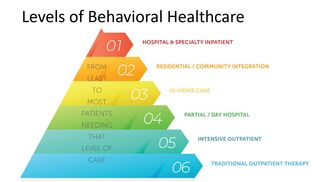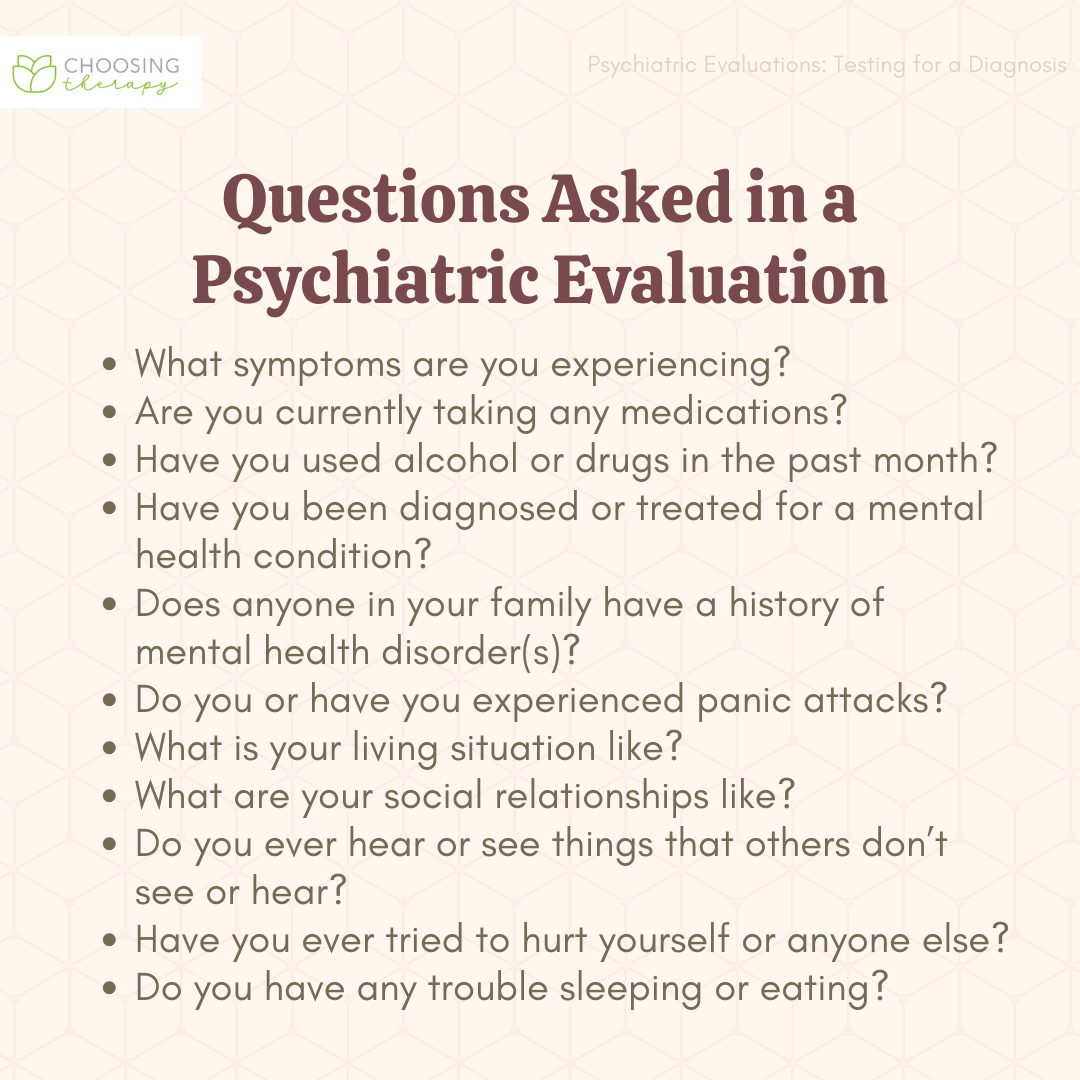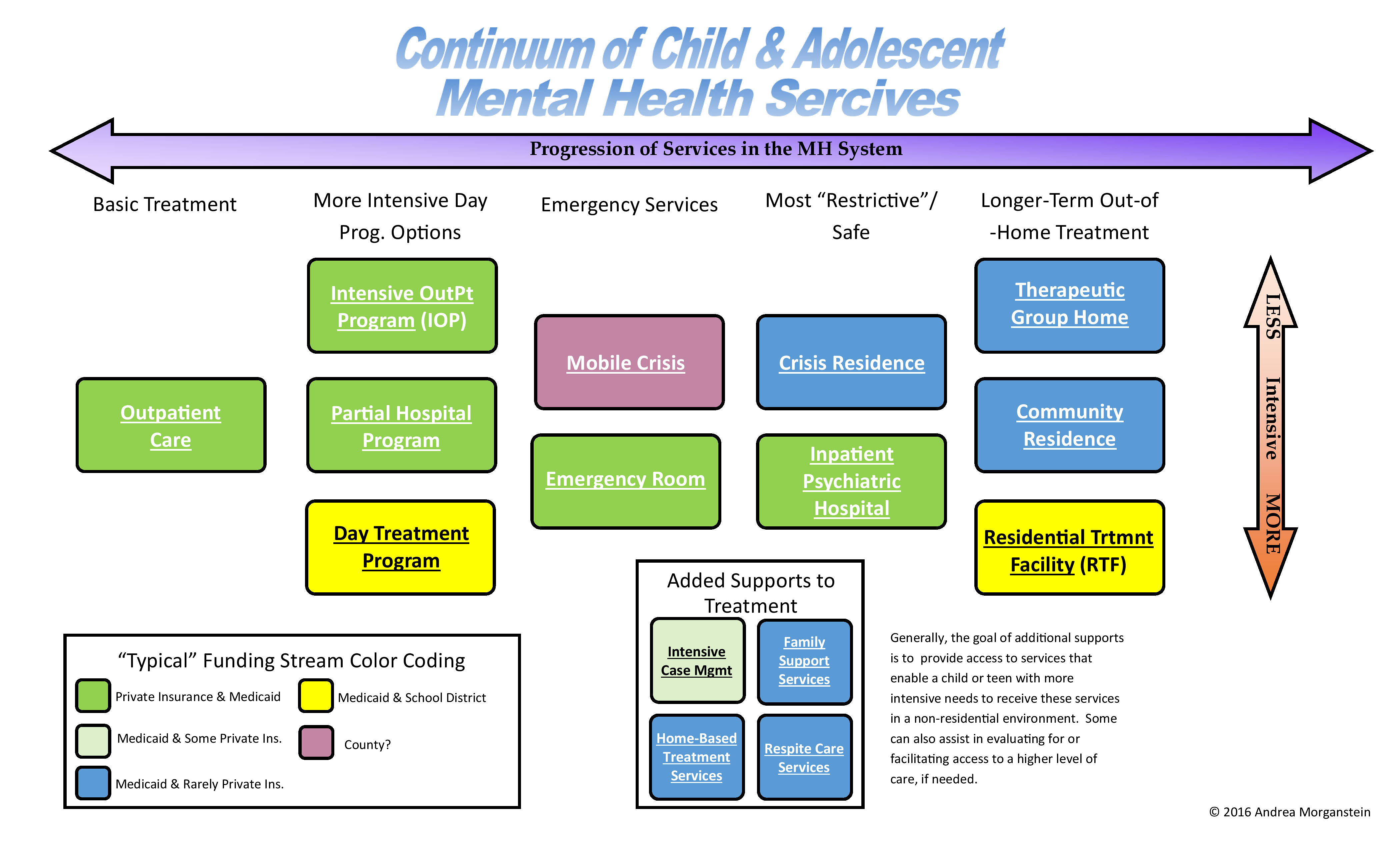Navigating the Landscape of Psychiatric Treatment: A Comprehensive Guide
Related Articles: Navigating the Landscape of Psychiatric Treatment: A Comprehensive Guide
- Auto Insurance: A Comprehensive Guide to Protect Your Vehicle and Finances
- A Comprehensive Guide for Policyholders: Understanding Your Rights and Responsibilities
- Group insurance
- Disability Insurance: A Comprehensive Guide for Your Financial Security
- A Comprehensive Guide to Accident Insurance: Protection for Your Health and Finances
Introduction
In this auspicious occasion, we are delighted to delve into the intriguing topic related to Navigating the Landscape of Psychiatric Treatment: A Comprehensive Guide. Let’s weave interesting information and offer fresh perspectives to the readers.
Table of Content
Video about Navigating the Landscape of Psychiatric Treatment: A Comprehensive Guide
Navigating the Landscape of Psychiatric Treatment: A Comprehensive Guide

Mental health, once a whispered concern relegated to the shadows, is finally emerging into the light. A growing awareness of the prevalence and impact of mental illness has spurred significant advancements in psychiatric treatment, offering a broader spectrum of options for individuals seeking relief and recovery. This article delves into the multifaceted world of psychiatric treatment, exploring various approaches, their effectiveness, and the crucial role of individual needs and preferences.
Understanding the Spectrum of Mental Illnesses:
Before delving into treatment modalities, it’s crucial to acknowledge the diverse landscape of mental illnesses. These conditions range from relatively common issues like anxiety and depression to more complex disorders such as schizophrenia, bipolar disorder, and obsessive-compulsive disorder (OCD). Each illness presents unique symptoms, varying in severity and impact on daily life. This diversity necessitates a personalized approach to treatment, tailored to the individual’s specific diagnosis and circumstances.
Pillars of Psychiatric Treatment:
Psychiatric treatment rarely relies on a single approach. Instead, a comprehensive strategy often involves a combination of therapies, carefully selected and adjusted based on the individual’s progress and response. Key pillars include:
1. Psychotherapy (Talk Therapy): This cornerstone of mental health care involves structured conversations between a patient and a mental health professional. The goal is to identify and address underlying emotional, behavioral, and cognitive patterns contributing to mental distress. Various forms of psychotherapy exist, each with its unique approach:
-
Cognitive Behavioral Therapy (CBT): This evidence-based therapy focuses on identifying and modifying negative thought patterns and behaviors that perpetuate mental illness. It empowers individuals to challenge unhelpful thinking and develop coping mechanisms for managing challenging situations.
-
Dialectical Behavior Therapy (DBT): Specifically designed for individuals with borderline personality disorder, DBT integrates mindfulness, distress tolerance, emotion regulation, and interpersonal effectiveness skills to improve emotional stability and relationships.
-
Psychodynamic Therapy: This approach explores unconscious patterns and past experiences to understand the roots of current emotional difficulties. It aims to foster self-awareness and improve interpersonal relationships.

-
Acceptance and Commitment Therapy (ACT): This therapy emphasizes accepting difficult thoughts and feelings without judgment, while committing to actions aligned with one’s values. It helps individuals live a more meaningful life despite challenges.

Family Therapy: This approach involves family members in the therapeutic process, addressing family dynamics and communication patterns that may contribute to the individual’s mental health struggles.

2. Psychopharmacology (Medication): Medication plays a crucial role in managing many mental illnesses, particularly those involving significant biological components. Antidepressants, anti-anxiety medications, mood stabilizers, antipsychotics, and stimulants are among the commonly prescribed medications, each targeting specific neurotransmitter systems in the brain. The selection of medication is carefully considered, based on the individual’s diagnosis, medical history, and potential side effects. Regular monitoring is essential to adjust dosages and address any adverse reactions.
3. Lifestyle Interventions: Beyond therapy and medication, lifestyle factors significantly impact mental well-being. These interventions can complement other treatments and enhance overall effectiveness:
-
Regular Exercise: Physical activity releases endorphins, natural mood boosters that combat stress and improve sleep.
-
Healthy Diet: A balanced diet provides the essential nutrients for optimal brain function, reducing the risk of mood disturbances.
-
Sufficient Sleep: Sleep deprivation exacerbates mental health symptoms. Prioritizing adequate sleep is crucial for recovery.
-
Stress Management Techniques: Techniques like mindfulness, yoga, and meditation can help manage stress levels and improve emotional regulation.
-
Social Support: Strong social connections provide a buffer against mental health challenges. Cultivating positive relationships is vital for overall well-being.
4. Hospitalization and Residential Treatment: In cases of severe mental illness, hospitalization may be necessary to stabilize the individual’s condition and provide intensive treatment. Residential treatment programs offer a structured environment with ongoing support and therapy.
5. Electroconvulsive Therapy (ECT): ECT is a specialized treatment for severe depression or other mental illnesses that haven’t responded to other treatments. It involves inducing a brief seizure using electrical stimulation, which can have a rapid mood-lifting effect.
6. Transcranial Magnetic Stimulation (TMS): TMS is a non-invasive procedure that uses magnetic pulses to stimulate specific brain regions. It’s often used for depression and obsessive-compulsive disorder.
Choosing the Right Treatment Path:
The journey to mental wellness is unique to each individual. Finding the right treatment plan involves collaboration between the patient, psychiatrist, and other healthcare professionals. This process often involves:
-
Accurate Diagnosis: A thorough assessment is crucial to identify the specific mental health condition.
-
Personalized Treatment Plan: The treatment plan should address the individual’s unique needs and preferences, taking into account their symptoms, lifestyle, and personal goals.
-
Regular Monitoring and Adjustments: Regular check-ups allow for monitoring progress, adjusting medication, and modifying the treatment approach as needed.
-
Open Communication: Open and honest communication between the patient and healthcare providers is crucial for effective treatment.
Overcoming Stigma and Seeking Help:
Stigma remains a significant barrier to seeking mental healthcare. Many individuals struggle with shame, fear of judgment, or misinformation, delaying or preventing them from accessing necessary support. It’s crucial to understand that mental illness is a treatable condition, and seeking help is a sign of strength, not weakness. Numerous resources are available to provide support and guidance, including therapists, psychiatrists, support groups, and online communities.
The Future of Psychiatric Treatment:
Research continues to advance our understanding of mental illness and its treatment. New medications, therapeutic techniques, and technological innovations are constantly emerging, offering hope for even more effective and personalized interventions. The integration of technology, such as telehealth and digital mental health platforms, is expanding access to care, particularly in underserved communities.
Conclusion:
Navigating the landscape of psychiatric treatment requires patience, understanding, and collaboration. By working closely with healthcare professionals, individuals can find the right combination of therapies and interventions to manage their mental health conditions and lead fulfilling lives. The journey towards recovery is often challenging, but with the right support and resources, it is entirely possible to achieve lasting well-being. Remember, seeking help is a courageous step towards a healthier and happier future. Don’t hesitate to reach out for support – your mental health matters.

Closure
Thus, we hope this article has provided valuable insights into Navigating the Landscape of Psychiatric Treatment: A Comprehensive Guide. We hope you find this article informative and beneficial. See you in our next article!